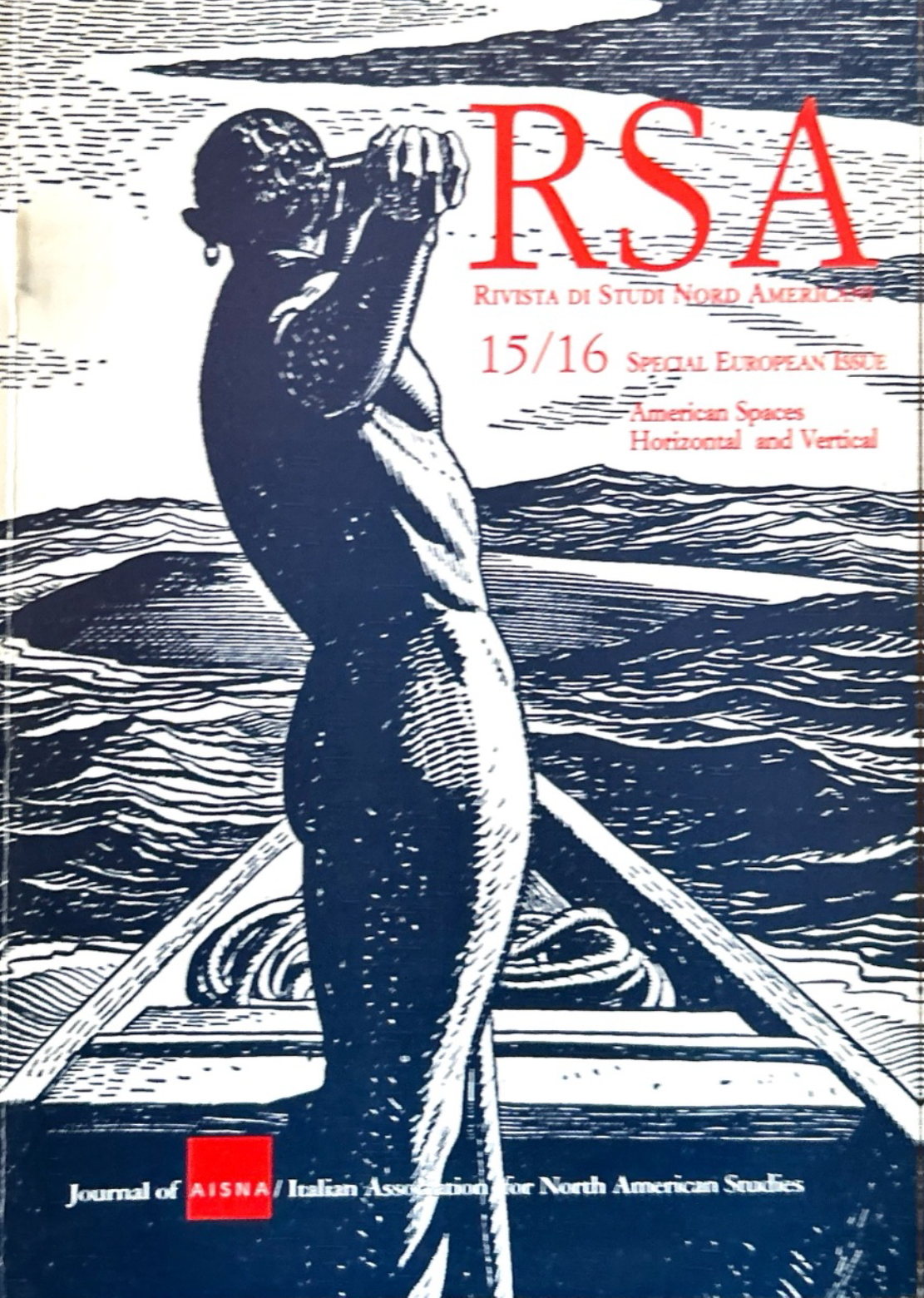Taking the “Organic” View
the Vertical/Horizontal Crux in Henry James's ”The American Scene”
DOI:
https://doi.org/10.13135/1592-4467/8801Keywords:
vertical crux, horizontal crux, organic view, Henry JamesAbstract
The four sections of The American Scene devoted to New York present the reader with a highly contrasted account of the city's urban renewal, which Henry James deeply resents. The clash between what James sees as an exasperated modernity, and the receding memory of the old town is dramatized through an insisted opposition between images of vertical and horizontal expansion used as a paradigm of the conflict that individual commercial aggressiveness is waging against a rapidly vanishing sense of social concern. James's critique of modern urban planning's subservience to interest and greed is countered by his effort to develop an organic view of the city context as a way to reestablish the preeminence of a strong social ethos.
Downloads
Published
Issue
Section
License
RSAJournal applies a CC BY-NC-ND license to all its contributions. This license enables reusers to copy and distribute the material in any medium or format in unadapted form only, for noncommercial purposes only, and only so long as attribution is given to the creator. CC BY-NC-ND includes the following elements:
- BY: credit must be given to the creator.
- NC: Only noncommercial uses of the work are permitted.
- ND: No derivatives or adaptations of the work are permitted.
Authors who publish with this journal agree to the following terms:
- Authors retain the copyright and full publishing rights for their submissions to the journal.
- Authors grant the journal right of first publication with the work simultaneously licensed under a Creative Commons Attribution-NonCommercial-NoDerivatives 4.0 International License that allows others to share unedited work for non-commercial purposes with an acknowledgement of the work's authorship and initial publication in this journal.
- Authors are able to enter into separate, additional contractual arrangements for the non-exclusive distribution of the journal's published version of the work (e.g., post it to an institutional repository or publish it in a book), with an acknowledgement of its initial publication in this journal.




